Recently Released.
Newly Released in the last 30 days



Rate Limiting an Organization's HTTP Requests
In this lesson, we'll cover how to throttle how often an organization can hit our API using HTTP Rate Limits, which is crucial for preventing spam, limiting content access, and managing server load.


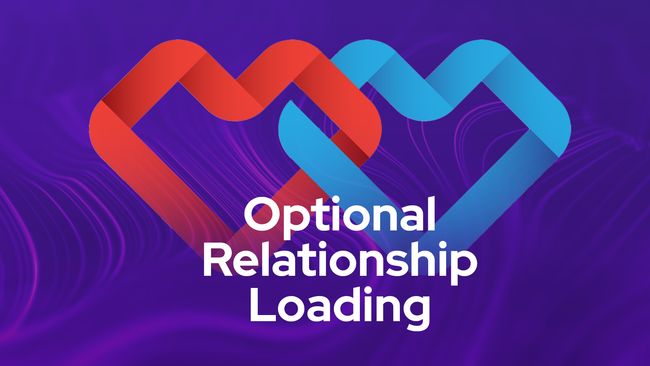
User-Defined Relationship Loading
In this lesson, we'll let our users tell us which relationships they'd like to get back in our lesson search. We'll also discuss how to handle nested relationships and what to watch out for.


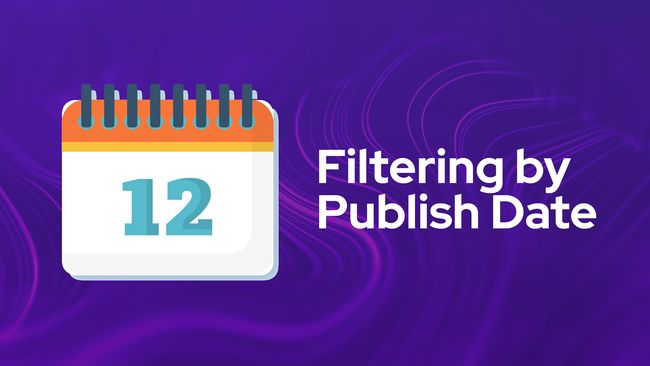
Filtering Lessons by Publication Date
In this lesson, we'll add the ability to search lessons by their publish date and time. We'll utilize before and after properties to allow for filtering that can look forward, backward, or within a specific date range on our lesson's publish at column.



Searching and Filtering Lessons
In this lesson, we'll take the filters we've created thus far and apply them to a new lessons search endpoint. We'll be able to search our lessons by name, status, access level, and module.



Making our Search Course Action Easily Reusable
In this lesson, we'll make our search course filters optional to increase the reusability of our action. We'll then switch our courses index route handler to use this action.


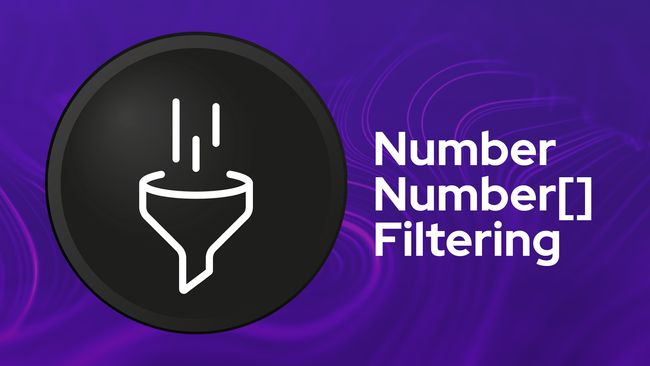
Filtering by a Number or Array of Numbers
In this lesson, we'll implement our number filtering system in which we'll allow our search APIs to accept a single number or an array of numbers to filter the data by. To validate this, we'll use the union rule from VineJS.


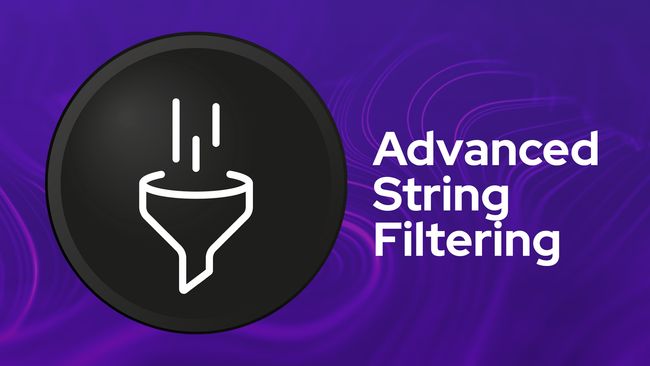
Advanced String Filtering
In this lesson, we upgrade our course name filter to support both simple strings and advanced object-based queries using VineJS’ union rule. This allows users to specify not just what to search for, but how to search for it.


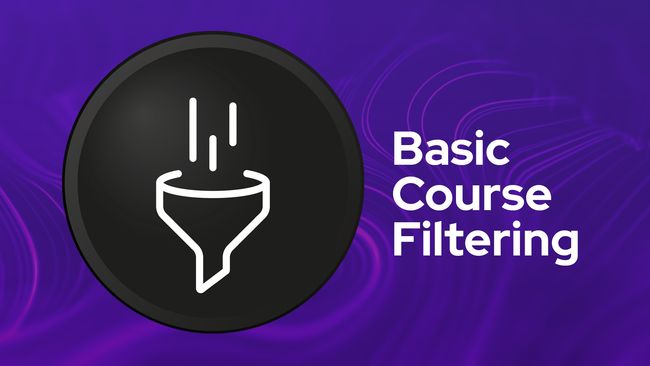
Basic Course Search & Filter
In this lesson, we'll add a new search endpoint for our courses and enable some basic filter functionality along with it. We'll be able to search by course name likeness, status, difficulty, and/or access level.



Getting A Module's Lessons
In this lesson, we'll remove our lesson's index method in favor of a module method whose purpose will be to fetch a module's specific lessons in their stored order.
Lessons.



Displaying & Copying A Newly Created Access Token
In this lesson, we'll add a secondary step to our access token creation flow that will display the newly created access token to the user one time, allow them to copy the token, then drop the token completely from memory.



Listing an Organization's Access Tokens
In this lesson, we'll query all of our organization's access tokens and filter out any tokens that are expired. Then, we'll list the organization's tokens showing it's name, abilities, when it was created, and when it was last used.

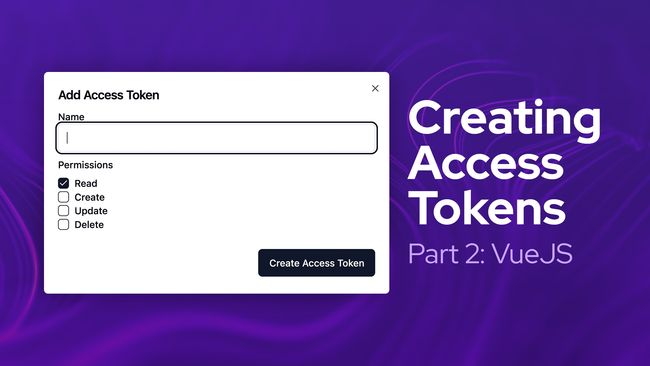
Creating Access Tokens Part 2: Inertia/Vue
In this lesson, we'll rig up the create access token route we created in the last lesson to a form within our Vue application. We'll also stub the overall manage access tokens card for the organization itself.


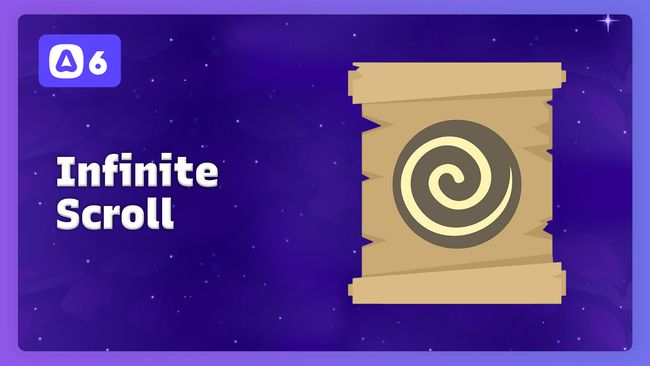
Super Easy Infinite Scroll in InertiaJS 2 with Prop Merging
In this lesson, we'll learn how we can combine the new InertiaJS 2 features together, along with Lucid's pagination, to add infinite scrolling to our application. This is made super easily by the last new feature we'll dicuss, called merged props.


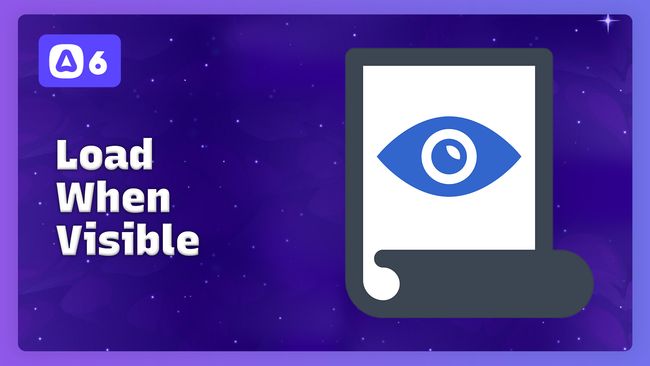
Deferring A Prop Load Until it is Visible in InertiaJS 2
In this lesson, we'll take a look at the new WhenVisible InertiaJS 2 component. This component uses an intersection observer to allow us to defer loading a prop's data until it is actually visible on the page.


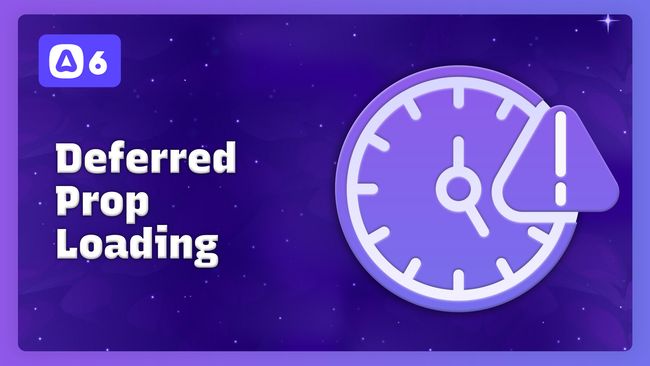
Defer Loading Props in InertiaJS 2
In this lesson, we'll take a look at the new deferred props feature in InertiaJS 2. Deferred props allows us to delay a prop from loading until the page itself has mounted, which is great for slower queries or below the fold.


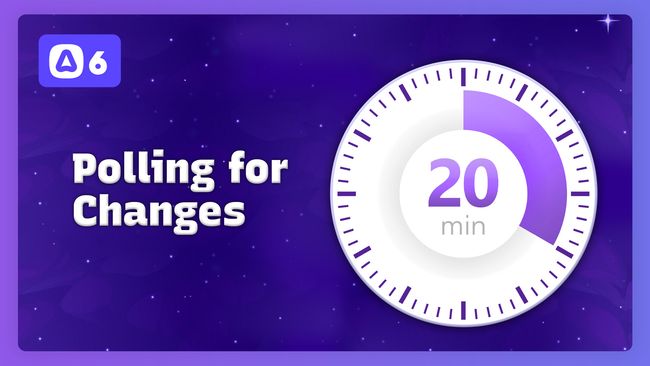
Polling for Changes in InertiaJS 2
In this lesson, we'll cover the new polling feature in InertiaJS 2 to see how we can use it to poll our server at an interval for updated information.


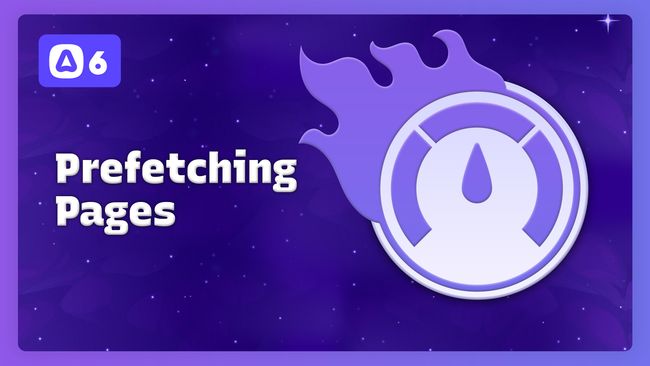
Prefetching Page to Boost Load Times in InertiaJS 2
In this lesson, we'll take a look at the new prefetching feature in InertiaJS 2. We can use this feature to load the next page's data before the user even clicks on the link.


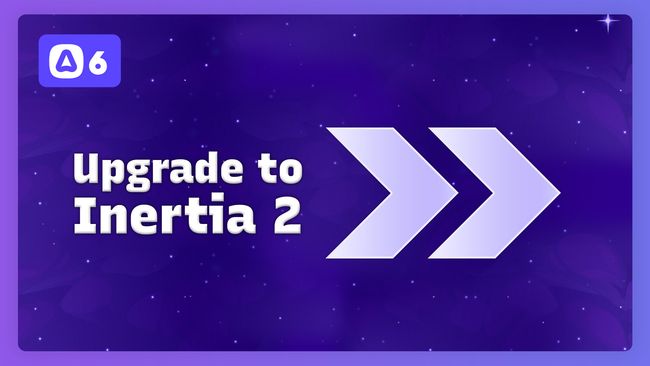
Upgrading to Inertia 2
During this series, InertiaJS release version 2 consisting of minimal breaking changes and several new features. In this lesson, we'll upgrade our packages to the latest for both InertiaJS & AdonisJS.


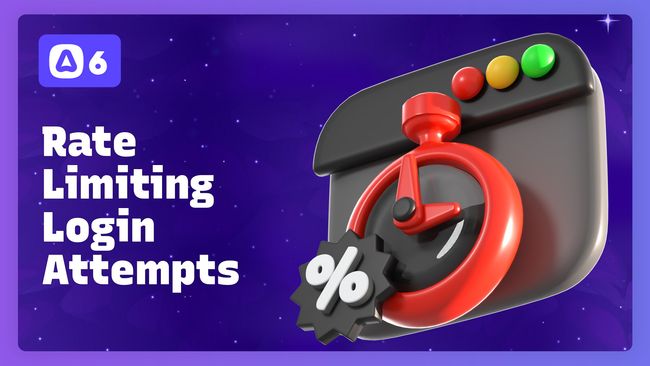
Restricting Login Attempts with Rate Limiting
In this lesson, we'll add AdonisJS' Rate Limiter to our web login action to restrict the number of times a user can attempt to login to our application with invalid credentials.



Clearing Login Attempt Rate Limits on Password Reset
In this lesson, we'll finish our authentication rate limiting flow by clearing out any rate limits counting against the user when they reset their password.


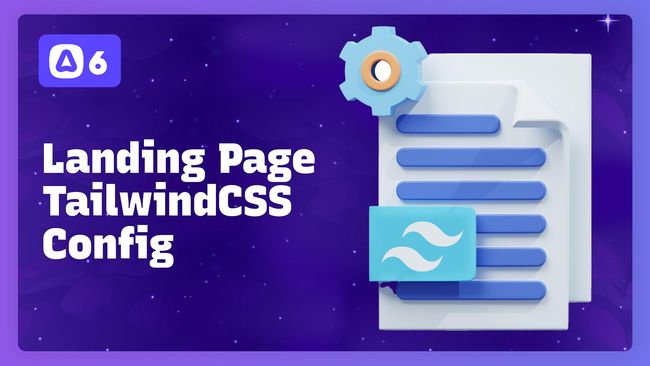
Setting Up Secondary TailwindCSS Config & CSS File for our Landing Page
In this lesson, we'll create a second TailwindCSS configuration and CSS file specifically for our landing page, which we'll render with EdgeJS.


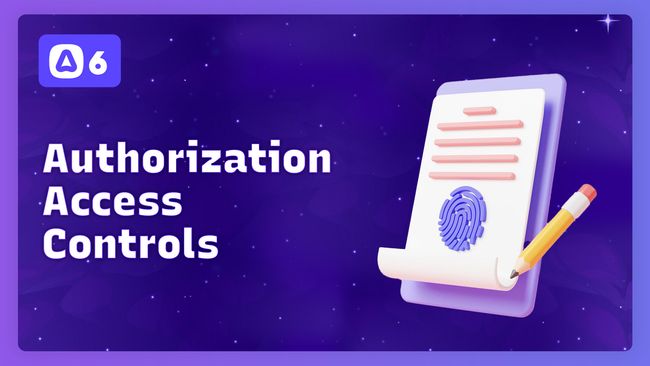
Rolling Our Own Authorization Access Controls
In this lesson, we'll create our own simple authorization access control list. We'll then share this list globally throughout our application by appending it to our HttpContext and sharing it with our Vue application via Inertia.


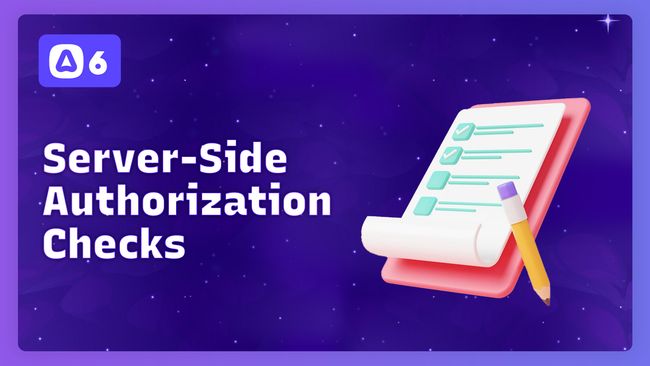
Applying Our Server-Side Authorization Checks
In this lesson, we'll use our access controls to add authorization checks to our controllers where needed. This will help ensure members can't update, delete, or invite users.


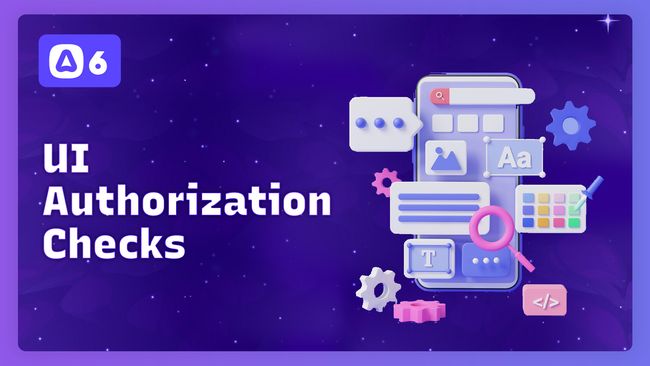
Applying Our Authorization UI Checks
In this lesson, we'll use our access controls to apply authorization checks to the user interface of our application. This will ensure users don't see actionable items for operations they aren't allowed to perform.


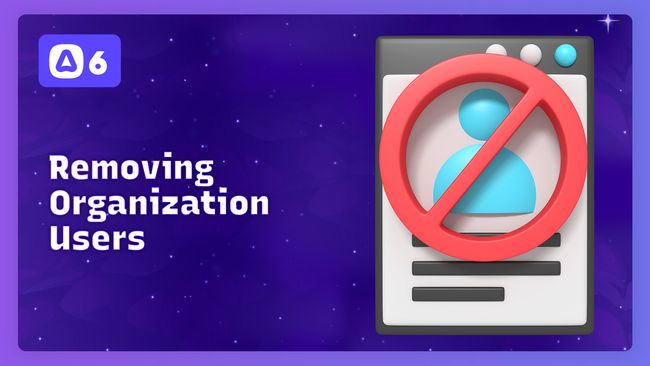
Removing an Organization User
In this lesson, we'll add the ability to remove users, including ourselves, from an organization. We'll also discuss a few key elements needed to handle this gracefully.


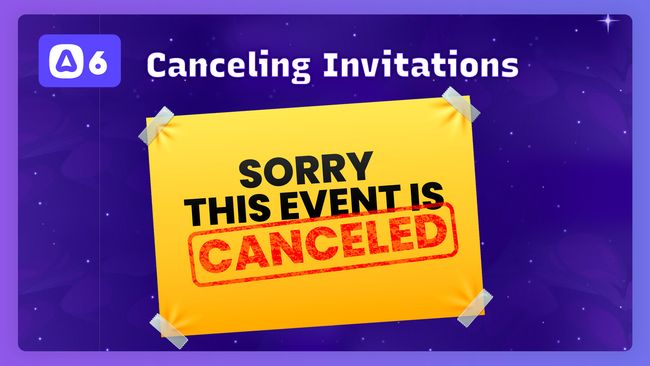
Canceling an Organization Invite
In this lesson, we'll add the ability to cancel a sent invitation to an organization.



Refreshing Partial Page Data
In this lesson, we'll implement a refresh functionality on our org users and invites tables using Inertia's nifty partial data reloading feature.


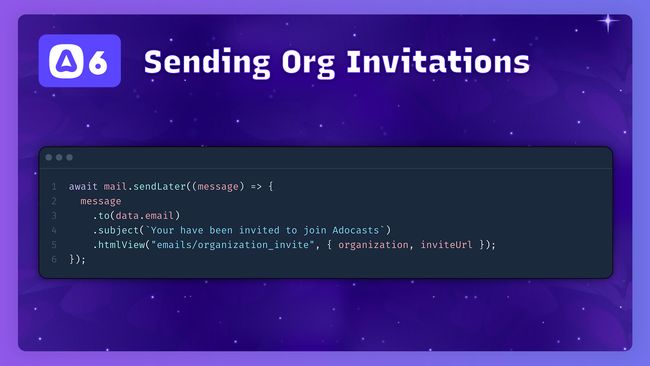
Sending an Invitation to Join Our Organization
In this lesson, we'll begin our organization invite system by first adding the ability to send an invitation email to join our organization.


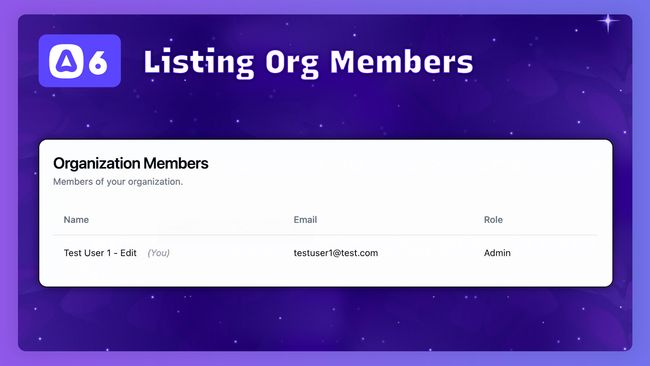
Listing Current Organization Members
In this lesson, we'll query and list all current members within our active organization.
Showing 1 to 20 of 101 results